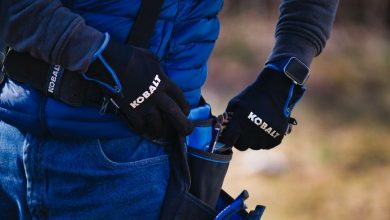Cleaning Up with Leather Wipes: The Perfect Solution for Leather Care
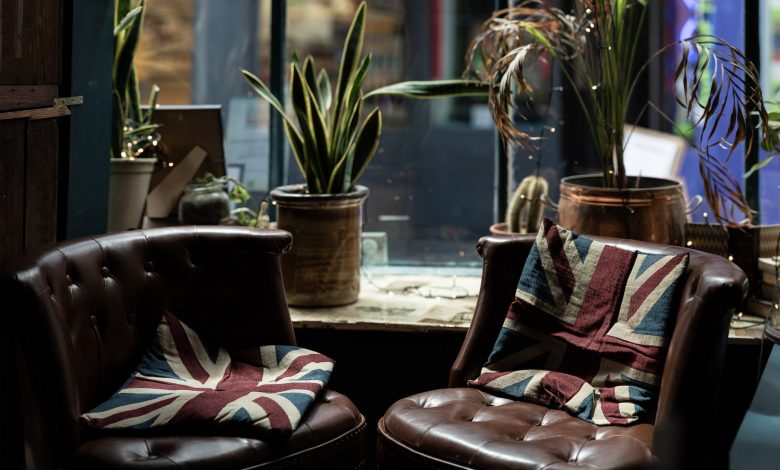
Leather is a versatile and durable material that can be used for many things, such as clothing and furnishings. By taking good care of leather, you can keep it in great condition for many years. However, if you don’t take care of it properly, it can lose color, peel, and even start to rot, which will make it look less attractive and shorten its lifespan. To help you keep your leather products looking their best, we’ve put together a detailed guide to caring for leather. To help maintain the pristine appearance of your leather products, we have compiled a comprehensive guide to leather care.
Understanding Leather
Before getting into the details of how to take care of leather, it’s important to have a basic understanding of what it is. Leather is a natural material that comes from the skin or hide of an animal. It’s treated and processed to create a strong and flexible material. The quality of leather depends on different factors, including the type of animal, the tanning process, and the finishing techniques used.
Types of Leather
There are several types of leather when it comes to quality. These types are also called grades, grains, or qualities. Each with its own unique properties:
- Firstly, there is full-grain leather, which is considered the highest quality leather available. It’s crafted from the top layer of animal hide, and it retains the natural grain pattern. Full-grain leather is highly durable, and strong, and develops a beautiful patina over time. Its unique texture and markings add to its character and make it a popular choice for high-end products like wallets, belts, and shoes.
- Next, we have top-grain leather, which is crafted from the second layer of the hide. It undergoes a process of sanding and buffing to remove any imperfections, resulting in a smooth, uniform surface. Top-grain leather is still durable and robust, but it doesn’t develop a patina like full-grain leather. It’s a common choice for furniture upholstery and fashion accessories like handbags and briefcases.
- Split leather is another type of leather made from the bottom layer of the hide. It’s thinner and weaker than full-grain or top-grain leather, but it still has its uses. Split leather is often used to make suede or other specialty products, like guitar straps and bookbinding.
- Finally, there is bonded leather, which is the lowest quality and cheapest type of leather. Bonded leather is made from leftover leather scraps that are ground up and bonded together with a synthetic adhesive. The result is a material that looks and feels like leather but lacks its durability and longevity. Bonded leather is often used in low-cost furniture, car interiors, and other products where cost is a significant factor.
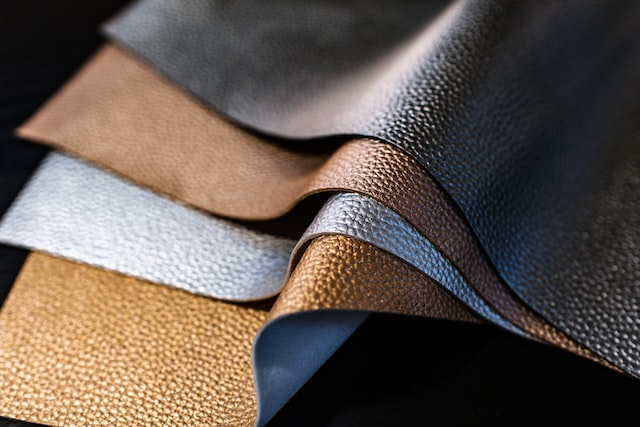
Tanning Process
To protect the leather from rotting and decomposition, as well as to give it additional strength, and flexibility and protect it from moisture, it is tanned. Only two types of tanning are popular:
Chrome tanning is a modern and efficient process that utilizes chemicals, such as chromium sulfate, to tan leather quickly. This technique has become very popular and is now used to tan over 90% of all leather products. The resulting leather is soft and pliable, making it ideal for a wide range of uses.
However, one drawback of chrome-tanned leather is that it does not develop a patina, which is a natural darkening and aging of the leather over time that gives it a unique character. The process also has environmental concerns, as it generates large amounts of wastewater that can be harmful to the environment if not properly treated.
On the other hand, vegetable tanning is a traditional tanning method that uses natural tannins from tree bark and other plant sources to tan leather. This method produces stiff leather at first, but over time, the leather becomes softer and develops a rich patina that adds to its unique character.
Vegetable-tanned leather is not only more environmentally friendly than chrome-tanned leather, but it also has a distinct smell and feels that is highly valued by many people. The process can take longer than chrome tanning, but the resulting leather is of exceptional quality and durability.
In summary, while chrome tanning is a faster and more efficient process, it lacks the natural aging process and unique character that vegetable-tanned leather possesses. Therefore, choosing the tanning process for your leather product depends on your needs and values, such as environmental sustainability or aesthetic preferences.
Finishing Techniques
After tanning, leather can be finished in a variety of ways to give it a specific look and feel. The finishing mean painting and applying an artificial protective layer that protects the leather from excessive moisture.
Aniline finishing is a well-known technique for leather, involving a transparent dye that preserves the natural texture and grain of the leather, resulting in an organic and soft feel. Despite its desirable appearance, aniline finishes are prone to fading and staining and are not very durable.
To enhance the resilience of aniline finishes, semi-aniline finishing is frequently used. This technique blends aniline dye with a small amount of pigment, which evens out the color and adds an extra layer of protection to the leather. Semi-aniline finishes retaining much of the natural look and texture of the leather while providing increased durability and resistance to wear and tear.
On the other hand, pigmented finishing involves a heavily pigmented layer that covers the leather’s natural grain, resulting in consistent color. Pigmented finishes are typically used in high-traffic situations where durability and color consistency are critical, such as in car interiors or furniture upholstery. Although they may not have the same natural feel and appearance as aniline or semi-aniline finishes, pigmented finishes are highly resistant to wear and can endure years of heavy use.
Apart from these three primary techniques, many other specialized finishing techniques can be used to create unique textures and effects on leather. For example, embossing can be used to create patterns or designs on the leather, while wax finishes can create a shiny, water-resistant surface. By selecting the appropriate finishing technique for each application, leather can be transformed into a diverse range of long-lasting and attractive products.
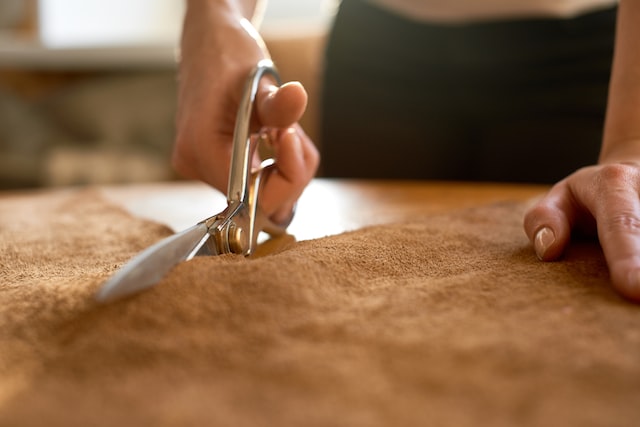
Leather Care Basics
Now that you understand the different types of leather, it’s time to learn how to care for your leather products. Here are some basic tips to keep in mind:
- Keep leather away from direct sunlight and heat: Leather can fade and dry out if exposed to direct sunlight or heat sources like radiators or heaters.
- Avoid getting leather wet: Water can damage leather, causing it to become stiff or discolored. If your leather does get wet, let it dry naturally away from heat sources.
- Clean spills immediately: If you spill something on your leather, clean it up as soon as possible to prevent it from staining. If you dealing with your car interior, use leather wipes for car seats for this purpose.
Use a soft cloth or brush
When cleaning leather, always use a soft cloth or brush to avoid scratching or damaging the surface. Avoid using harsh chemicals or abrasive materials.
- Condition leather regularly: Leather can dry out over time, so it’s important to condition it regularly with a leather conditioner to keep it moisturized and prevent cracking.
- Store leather properly: When not in use, store leather products in a cool, dry place away from direct sunlight or heat sources.
Cleaning Leather
Cleaning leather is an important part of leather care, whether it’s car upholstery, leather sofa, or leather garments. It helps to remove dirt, dust, and other debris that can accumulate over time. Here are some steps to follow when cleaning leather:
- Dust the surface: Use a soft brush or cloth to gently eliminate any dust or debris from the surface of the leather.
- Test a small area: Before cleaning the whole leather surface, test a small, inconspicuous area to ensure that the cleaning product will not harm the leather.
- Use a leather cleaner: Apply a small quantity of leather cleaner to a soft cloth and rub it softly onto the surface of the leather, being cautious not to apply too much pressure.
- Wipe away any remaining cleaner with a damp cloth, then dry it with a dry cloth to enhance the cleaning process.
- Allow it to dry: Allow the leather to air-dry naturally, avoiding direct sunlight or heat sources.
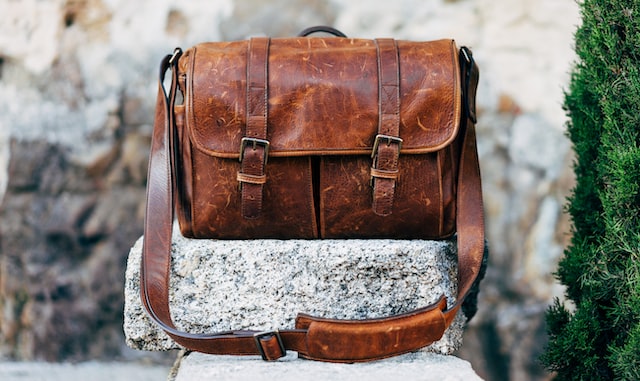
Conditioning Leather
Conditioning leather is an important step in leather care, as it helps to keep the leather moisturized and prevent it from becoming dry or cracked. Here are some steps to follow when conditioning leather:
- Clean the leather: Before conditioning leather, make sure that it is clean and free from dust and debris.
- Test a small area: Test a small, inconspicuous area with the leather conditioner to make sure that it won’t damage the leather.
- Apply conditioner: Apply a small amount of leather conditioner to a soft cloth and rub it onto the surface of the leather, using circular motions. Also, you can use conditioning leather wipes for this purpose.
- Allow to soak in: Let the leather conditioner soak into the leather for a few minutes, then wipe away any excess with a clean, dry cloth.
- Repeat as needed: Depending on the condition of the leather, you may need to repeat the conditioning process several times.
Protecting Leather
Protecting leather is an important part of leather care, as it helps to prevent damage and extend the lifespan of leather products. Here are some steps to follow when protecting leather:
- Use a leather protector: Apply a leather protector spray or cream to the surface of the leather to protect it from water, stains, and other damage.
- Avoid harsh chemicals: Don’t use harsh chemicals or abrasive materials on leather, as they can damage the surface.
- Store leather properly: When not in use, store leather products in a cool, dry place away from direct sunlight or heat sources.
- Handle leather with care: Be gentle when handling leather products, and avoid putting too much pressure or weight on them.
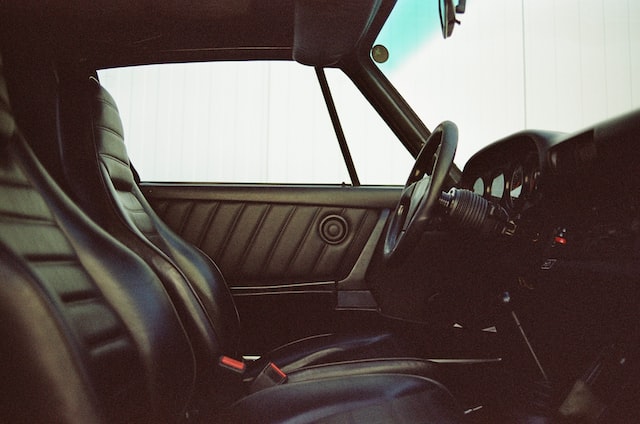
Leather Troubleshooting Tips
Even with proper maintenance, leather products may develop issues with time. Here are some common leather problems and how to address them:
- Cracks: If the leather gets too dry, it may crack. To avoid this, regularly condition your leather with a leather conditioner.
- Fading: Leather can fade due to direct exposure to sunlight or heat sources. To prevent fading, avoid placing your leather item under direct sunlight or near heat.
- Stains: If your leather item gets stained, act quickly to prevent the stain from setting in. Use a leather cleaner and follow the cleaning steps mentioned above.
- Scratches: Over time, the leather may become scratched. Minor scratches can often be removed with a soft cloth, while deeper scratches may require a leather repair kit or a professional repair.
- Odors: Wet leather may develop unpleasant odors over time. To remove odors, use a leather deodorizer spray or keep the item in a well-ventilated area for several days.
Leather Care for Different Types of Leather
Different types of leather require different care techniques to keep them in good condition. Here are some tips for caring for different types of leather:
- Full-grain leather: Full-grain leather is the highest quality leather, and requires regular conditioning to keep it soft and supple. Avoid using water on full-grain leather, as it can leave water spots.
- Top-grain leather: Top-grain leather is slightly lower in quality than full-grain leather, but is still a durable and high-quality material. It can be cleaned and conditioned in the same way as full-grain leather.
- Suede leather: Suede leather is a type of leather with a fuzzy, napped texture. It requires special care, as it is more delicate than other types of leather. Use a suede brush to remove any dirt or debris, and avoid getting suede wet.
- Nubuck leather: Nubuck leather is a type of leather that has been buffed to create a soft, velvety texture. It requires regular conditioning and should be protected with a leather protector spray.
- Patent leather: Patent leather is a type of leather with a glossy, shiny finish. It should be cleaned with a damp cloth and mild soap and can be polished with a patent leather polish to maintain its shine.
Common Myths about Leather Care
There are a lot of myths surrounding leather care that can lead to damaging your precious leather goods. It’s important to separate fact from fiction to ensure you’re taking the best care of your leather products. Let’s debunk some common myths and shed light on the truth.
- Myth 1: Using olive oil is the best way to condition leather. Although olive oil can be used as a leather conditioner, it’s not always the most suitable option. In fact, over time, olive oil can actually darken and stain the leather. Instead, it’s recommended to use a specialized leather conditioner that is designed to nourish and penetrate the leather without causing any damage or discoloration.
- Myth 2: Leather should never come into contact with water. While excessive exposure to water can damage leather, most types of leather can withstand light rain and moisture. Certain leather products such as jackets and shoes are even designed to endure some wetness. If your leather item gets wet, ensure it dries out completely and avoids exposing it to extreme heat.
- Myth 3: Storing leather items in a plastic bag is beneficial. Contrary to popular belief, storing leather products in a plastic bag can cause more harm than good. Plastic bags trap moisture, which can lead to the growth of mold and cause the leather to become damaged over time. Rather, it’s recommended to store leather items in a cool, dry area that is not exposed to direct sunlight.
- Myth 4: Only a specific brand of leather cleaner or conditioner can be used. While certain brands may be superior, there are a variety of products that can be used to effectively clean and condition leather. It’s important to look for products that are formulated specifically for leather and avoid using abrasive materials or harsh chemicals that can damage the surface of the leather. Always test a new product on a small, hidden area of the leather first to ensure it doesn’t cause any discoloration or damage.
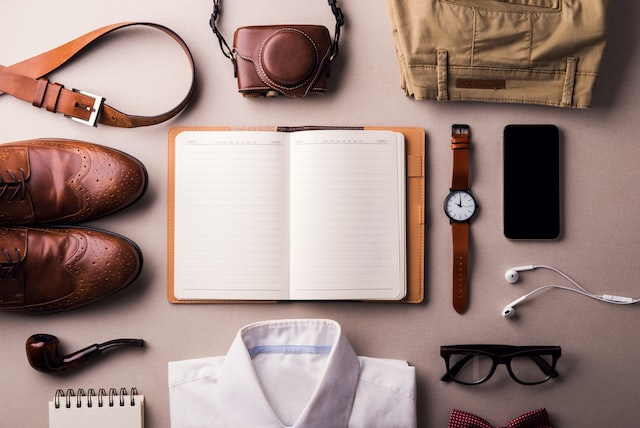
Conclusion
Leather is a durable and high-quality material that can last for many years with proper care. By following the steps outlined in this guide, you can keep your leather products in excellent condition and extend their lifespan. Remember to clean and condition leather regularly, protect it from damage, and handle it with care. With these tips, you can enjoy your leather products for years to come.
FAQ
How often should I condition my leather products?
It depends on the type of leather and how frequently you use the item. As a general rule, it’s a good idea to condition leather products every six months to a year to keep them soft and supple.
Can I use household cleaning products to clean my leather products?
No, you should avoid using household cleaning products on leather as they can be too harsh and can damage the material. Instead, use products specifically designed for leather care.
How do I remove stains from leather?
The best way to remove stains from leather depends on the type of stain and the type of leather. In general, it’s best to address stains as soon as possible to prevent them from setting in. For stubborn stains, it may be necessary to use a specialized leather cleaner or take the item to a professional for cleaning.
Can I use a hair dryer or heat source to dry my leather products?
No, you should avoid using a hair dryer or any other heat source to dry leather as it can cause the leather to become stiff and crack. Instead, allow the leather to air dry naturally.
Can I store my leather products in a humid environment?
No, it’s best to store leather products in a cool, dry place to prevent the leather from becoming moldy or damaged. If you live in a humid environment, consider using a dehumidifier to keep the air dry.
How do I prevent my leather products from fading?
To prevent fading, it’s important to protect the leather from direct sunlight and heat sources. Use a leather protector spray to create a barrier between the leather and the environment, and store leather products in a cool, dark place when not in use.
Can I clean leather shoes or boots with water?
You should avoid using water on leather shoes or boots as it can leave water spots and cause the leather to become damaged. Instead, use a specialized leather cleaner and follow the instructions on the product label.
Can I clean leather furniture with water?
It depends on the type of leather furniture. For most types of leather furniture, it’s best to use a specialized leather cleaner and follow the instructions on the product label. However, some types of leather furniture may be able to be cleaned with a damp cloth and mild soap.

